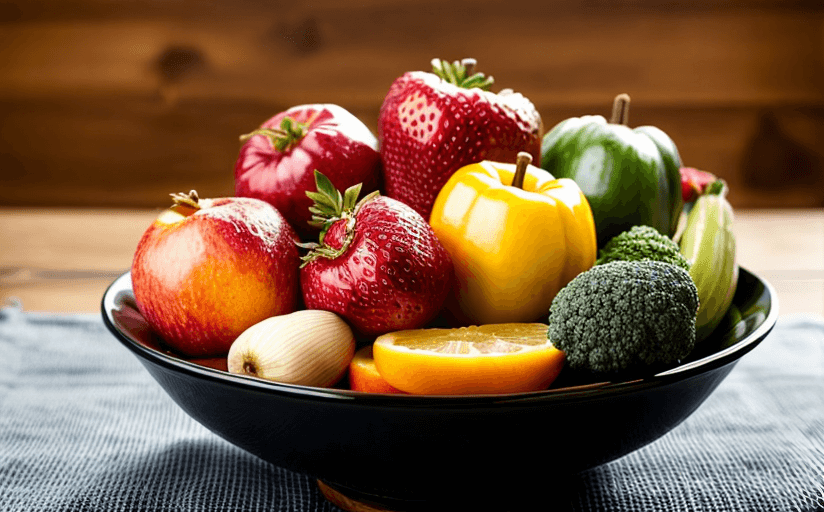Seasonal Produce: A Healthy Choice for Individuals and the Planet
As the global population continues to grow, so too does the demand for sustainable and healthy food sources. One of the best solutions to this challenge is to opt for seasonal produce. Eating seasonal produce has numerous benefits, such as improved nutrition, reduced environmental impact, and cost savings. In this article, we'll explore how seasonal produce can significantly impact the health of individuals and the planet as a whole. Additionally, we'll analyze current trends in the local and global market to highlight opportunities for consumers to access fresh, seasonal produce. Finally, we'll provide tips and resources to help readers make the most of the availability of seasonal produce.
The Benefits of Eating Seasonal Produce
One of the primary benefits of eating seasonal produce is improved nutrition. When fruits and vegetables are harvested in their peak season, they generally offer higher levels of vitamins and minerals as compared to those that are harvested out of season. Additionally, seasonal produce is often fresher and tastier than produce that has been shipped from other parts of the world. This benefit carries over to the environmental impact of sourcing produce, as locally-sourced seasonal produce requires less energy to transport.
Furthermore, seasonal produce is typically more affordable than produce that has been shipped from other parts of the world. This cost savings allows consumers to purchase more produce than they might otherwise be able to, allowing them to enjoy a greater variety of fruits and vegetables. In addition to the financial savings, opting for seasonal produce also reduces food waste, as the produce is used at its peak freshness.
Current Trends in the Local and Global Market
There are several current trends in the local and global market that make it easier for consumers to access fresh, seasonal produce. For instance, many farmers' markets and community-supported agriculture (CSA) programs provide consumers with access to locally-sourced produce. These programs often allow consumers to purchase produce in bulk, which can result in significant cost savings. Additionally, many grocery stores are now stocking more seasonal produce, making it easier for consumers to find the fruits and vegetables they need.
On the global market, technology has made it easier for consumers to purchase produce from around the world. For instance, apps such as Instacart allow consumers to order produce from different parts of the world and have it delivered to their doorstep. This makes it easier for consumers to access out-of-season produce at any time of the year.
Making the Most of Seasonal Produce
There are several steps that consumers can take to make the most of seasonal produce. For instance, consumers should shop at farmers' markets or join CSAs to gain access to locally-sourced produce. Additionally, consumers should plan their meals around what is in season, as this will ensure that they are getting the freshest and most nutritious produce. Consumers should also take advantage of technology to find out what produce is in season in different parts of the world.
Finally, consumers should be mindful of food waste when purchasing seasonal produce. This can be done by purchasing only what is needed, and freezing or canning excess produce for later use. Additionally, consumers should compost their food scraps to reduce the amount of waste that ends up in landfills.
Conclusion
Eating seasonal produce offers numerous benefits, such as improved nutrition, reduced environmental impact, and cost savings. Furthermore, current trends in the local and global market make it easier for consumers to access fresh, seasonal produce. By following the tips outlined in this article, consumers can make the most of the availability of seasonal produce and enjoy a healthier and more sustainable lifestyle.


















Comments
Leave a Comment